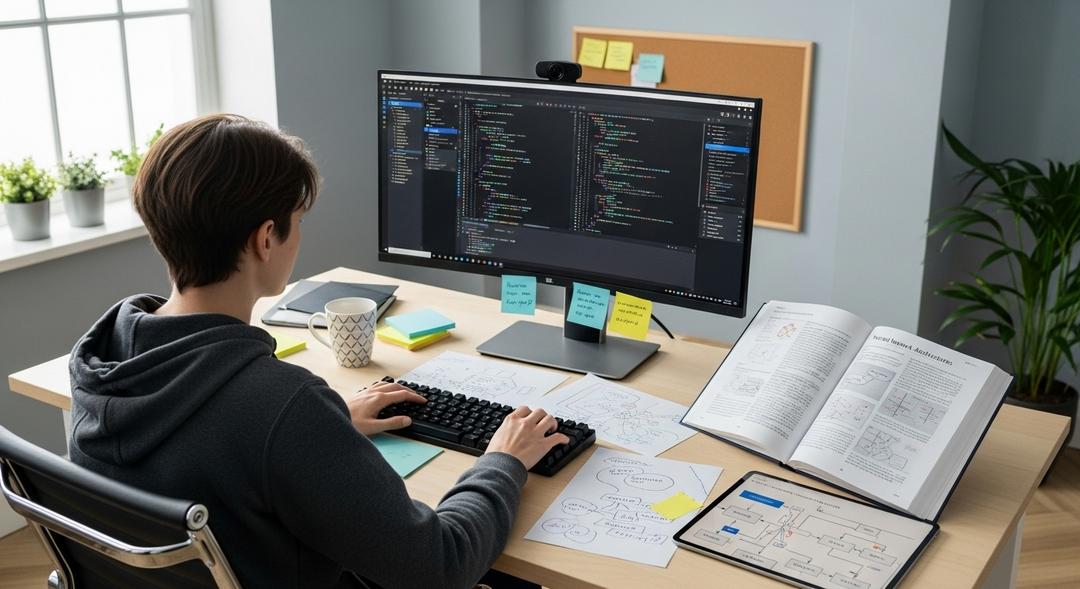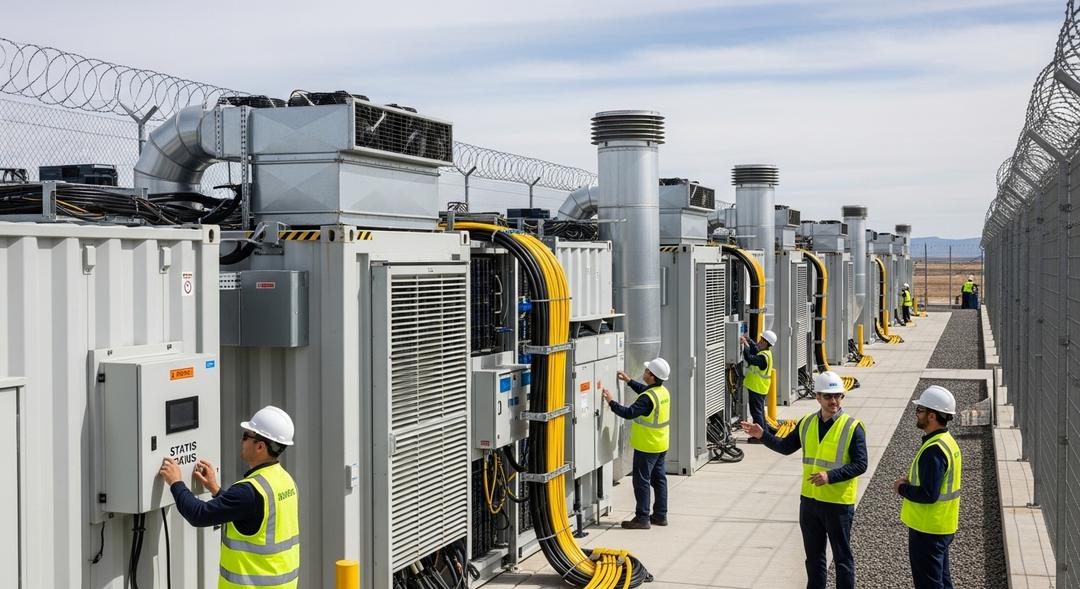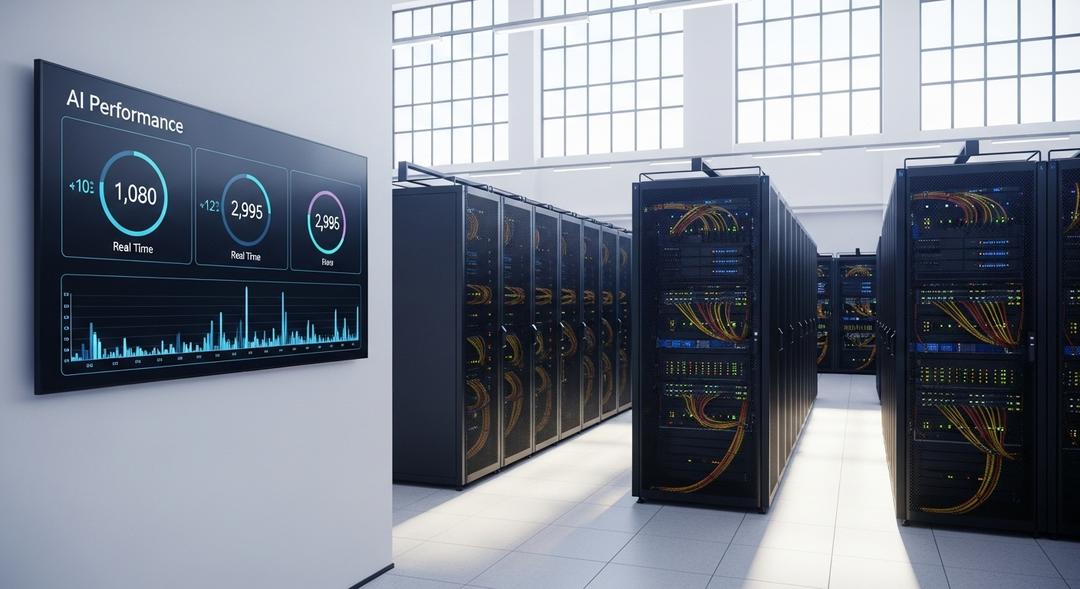A quiet revolution is taking place in human resources as businesses rush to use AI systems for hiring decisions.
Seduced by the promise of higher productivity and lower costs, employers are trusting algorithms and AI systems to screen candidates, monitor employee performance, and conduct pay analysis. Yet, as reliance on these automated platforms grows, so do the legal risks — some of which could be devastating.
Sophisticated software now makes it possible to score job applicants, assess interview videos, or review background checks without a person ever looking at a resume. Applicant tracking programs, automated performance rating tools, and AI-powered scheduling are everywhere. These systems sort resumes, predict job success, and help decide who gets an offer — all without acknowledging the human nuances hiding behind the data.
The danger, experts warn, is that these tools can replicate or even worsen biases already present. When a single algorithm can impact thousands of workers at once, even a small defect becomes a massive problem for employers under laws like Title VII, which outlaws discrimination by race, sex, or religion.
A misfiring AI can trigger lawsuits under the Americans with Disabilities Act or the Age Discrimination in Employment Act. The Equal Pay Act looms over pay algorithms that accidentally lock in past wage disparities. State and local lawmakers have jumped in, passing regulations for bias audits and demanding more transparency from companies deploying automated decision makers.
The Challenge of Black Box Decisions
Perhaps the biggest hurdle is the inscrutability of advanced AI. Unlike a human hiring manager, a generative AI can change its criteria over time and cannot always explain its choices. Applicants and employees denied opportunities may never learn if an actual bias crept in, and even employers can struggle to defend their practices.
“It’s a real risk area for companies, because without clear explanations for how these choices get made, you could end up unable to justify even well-intended business decisions,” said HR attorney Lisa Feldman.
As these issues pile up, regulators in the European Union, several US states, and courts at every level are taking a closer look at AI in the workplace. Requirements include formal audits, clear disclosures to job seekers, and sometimes outright bans on certain technologies within hiring processes.
Staying compliant now means more than just not breaking the law. Employers must constantly monitor their automated systems, run privileged audits, and intervene when patterns of bias or disparate impact appear. Policies around transparency, fairness, and data protection need updating as the technology evolves.
Still, many companies see hope in combining careful oversight with the power of advanced HR tools. Regularly checking for unintended effects — and keeping people involved in final decisions — can limit risks and uphold workplace fairness.
“It’s not about rejecting technology, it’s about using it wisely, with accountability at every step,” said Feldman, a sentiment echoed by recent insights into how artificial intelligence impacts the workplace.








